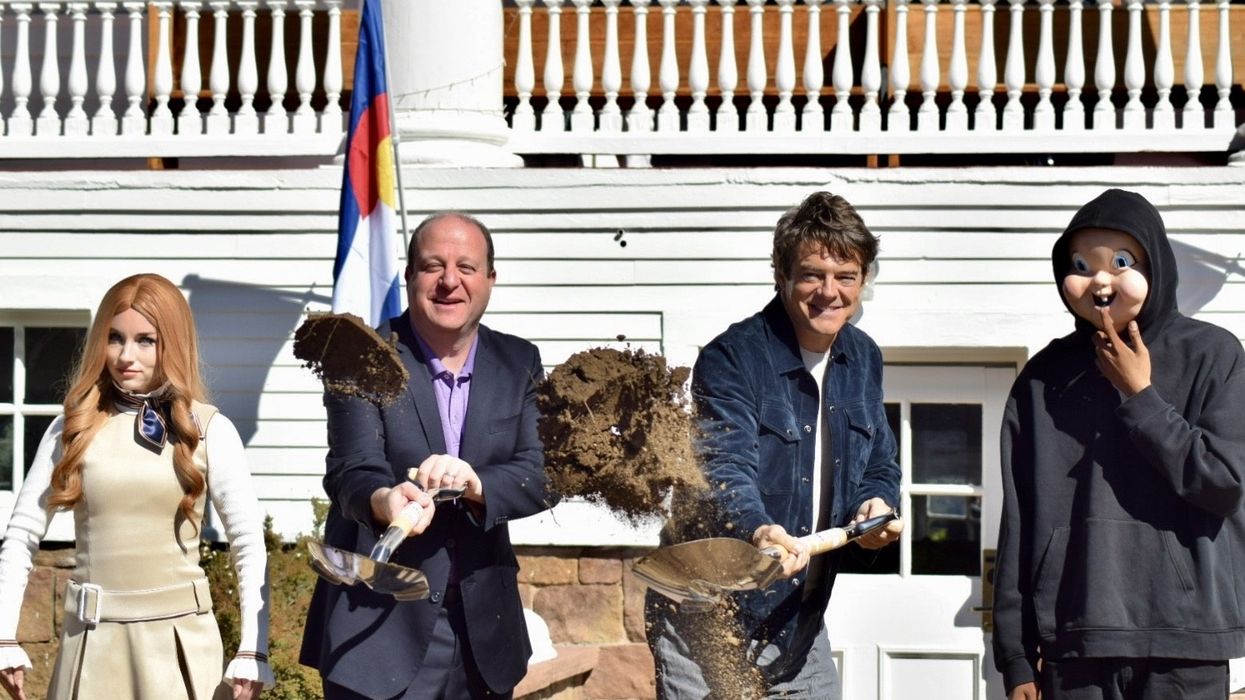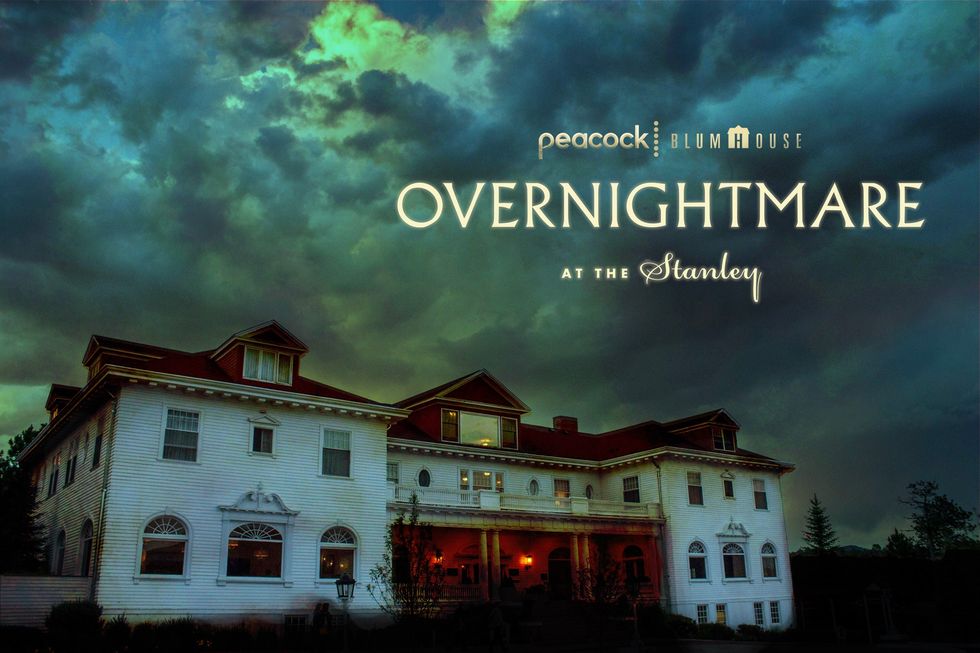Beaudry Interactive, an experiential design and production studio that works with themed entertainment, museums, exhibitions, live shows, and branded experiences, is helping clients to develop distinctive interactive experiences that are reliable and cost-effective using its Adaptive Interactives framework.
This approach combines the benefits of both bespoke development and proven off-the-shelf products to create a stable, scalable and budget-friendly experience that fully reflects the client's mission and story.
Tim Williams, director of interactive R&D at Beaudry Interactive, says: "Our reusable code is the backbone of sustainable innovation. It saves precious time and budget by allowing us to skip reinventing the ‘wheels’ that are nearly identical across all projects and instead focus on customizing the experience to your needs in the most efficient manner possible."
"Whether it's scalable projection mapping and real-time tracking, prop-triggered educational content, real-time show control and story engine tools, or smart handheld devices and wearables, our adaptive interactive framework makes it all possible," says David Beaudry, founder and principal at Beaudry Interactive.
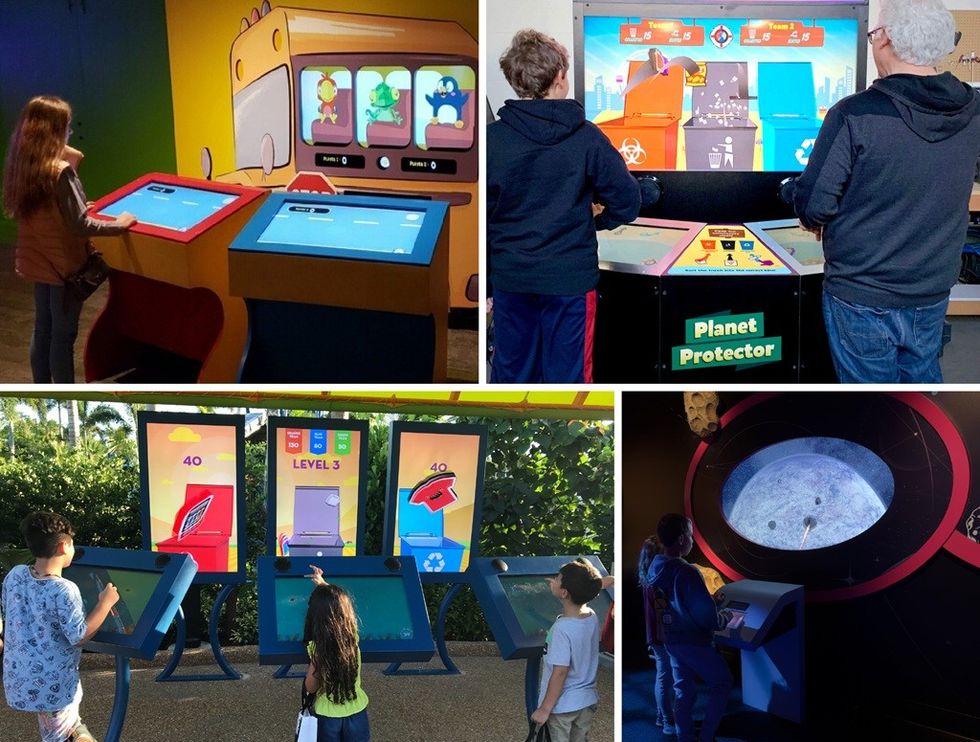
With this innovation, clients can draw on Beaudry Interactive's extensive expertise and in-house tools to create cost-effective, unique experiences that scale across formats and environments.
Tested technology framework
Beaudry Interactive has been a leader in technical innovation for interactive experiences for almost 20 years. Its approach to creating interactives, notably for science centres, museums, and branded environments, is centred on a versatile, tested framework.
Its reliable technology platform is combined with elegant user experience flows, and gameplay elements refined through real-world applications. This foundation provides all the advantages of a stable and efficient backend, with reduced risk, quicker deployment, cost-effectiveness and long-term support.
Furthermore, the approach surpasses plug-and-play products and creates unique experiences that are not merely copied and pasted.
Valeria Beaudry, principal at Beaudry Interactive says: "We call this an adaptive interactive framework (or Adaptive Interactives), and it is designed to strike the perfect balance between reliability and cost effectiveness of off-the-shelf products and the need for customization.
The adaptive interactive framework is ideal for institutions and organisations that need bespoke, high-quality digital experiences but want to avoid the risks associated with building entirely custom projects from scratch. It specifically benefits those with unique narratives or interpretive goals that cannot be supported by generic, off-the-shelf products.
This solution is ideal for clients looking for affordable options that also offer long-term flexibility and support, without the need for recurring reinvention.
Core technology, unique experience
Beaudry Interactive's adaptive interactive framework can power a camera tracking system, which turns a visitor’s body into a controller. While driven by the same technology, this can be used to create visitor experiences that are entirely different.
It has been used to deliver:
- Reno International Speedway. A head-to-head racing game at the National Automobile Museum in Reno, Nevada, that uses full-body interaction to teach physics concepts such as velocity and momentum.
- Elmo’s Bike Ride. Preschoolers use body movement to steer Elmo’s bike in a bike shop window, collecting numbers and learning through play in this interactive at Sesame Street Land, SeaWorld Orlando and Sesame Place, San Diego.
- Rover Racers. At the Kennedy Space Center, up to four guests can navigate Martian terrain, collect samples, and discover NASA’s rovers and their missions.
Additionally, the technology offers scalable customisation.
To adapt to a new environment or audience, some interactives require a refresh of key images, branding elements, or localised material. In these projects, Beaudry Interactive can change its look and feel while maintaining the core experience and gameplay. This enables quicker turnaround, cheaper costs, and simplified deployment across numerous locations or iterations without sacrificing quality or user experience.
The adaptable structure can also accommodate projects that require a higher level of customisation, such as narrative-driven storytelling, unique interaction mechanics, or highly site-specific content. The key is to determine the appropriate level of personalisation for the aims of each experience.

For example, in the 'Create-A-Thing' adaptive interactives, a consistent user experience flow can be maintained while tailoring the experience for different themes or environments.
At Sesame Street Land at SeaWorld Orlando, guests use the hands-on game to create quirky monsters that appear on animated 'Community Center' windows, celebrating individuality and neighbourhood fun. Meanwhile, on Carnival Jubilee, the Create a Fish interactive invites passengers to design their own fish, which then swims into an enormous digital aquarium spanning six immersive 'underwater windows' in the ship’s atrium.
In the Auto Design Studio at National Automobile Museum, Reno, Nevada, children become car designers, mixing shapes, colours, accessories and styles while exploring how design choices impact performance and sustainability. Their designs are then featured on billboards set against famous Reno landmarks.
Meaningful, memorable experiences
Some projects in Beaudry Interactive's portfolio use tactile gameplay and prop-triggered content through a kit of digital tools and reusable UX flows. These experiences use physical gameplay to reinforce learning in fun, hands-on ways and show how a versatile core concept can be customised to cater for different audiences, settings, and narratives to deliver meaningful engagement.
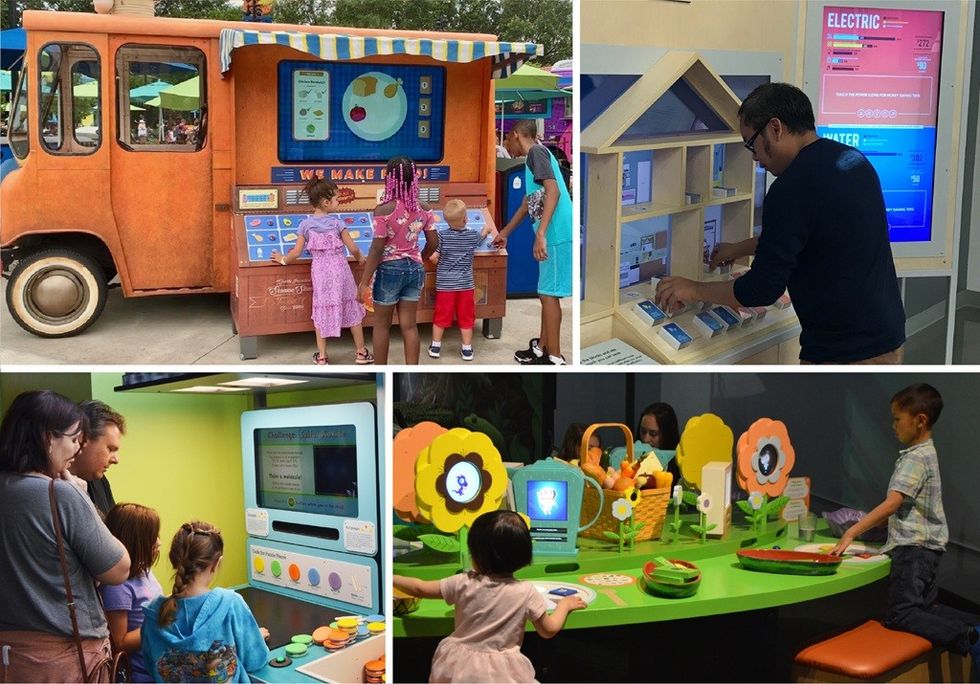
Examples include:
- Appliances at La Kretz Innovation Center, Los Angeles. This tactile interface demonstrates how utility costs are affected by the efficiency of appliances. Physical controls are paired with real-time digital feedback.
- Atoms & Molecules at Discovery Cube locations in Los Angeles and Orange County. In this interactive, guests build molecules using bespoke physical pieces. Software recognises structures and gives animated, real-time feedback.
- Picnic at Discovery Cube, Orange Country. Younger children use custom-made puzzle pieces to match colours and shapes with positions on their picnic plates. These playful interactions are designed to encourage healthy eating.
- Cookie Monster’s Foodie Truck Challenge at Sesame Street Land, SeaWorld Orlando. Here, children work with their favourite characters to complete recipes. Using tactile feedback buttons, they select from 24 different ingredients to create fun meals, including their own silly pizzas.
Beaudry Interactive will be exhibiting at IAAPA Expo, which is taking place in Orlando from 17 to 21 November. Attendees can explore its portfolio of adaptive interactives at the company's booth.
Recently, Beaudry Interactive announced that it is inviting collaborations with lighting manufacturers and designers to expand the reach of Light Sprites, a patent-pending technology platform that turns outdoor spaces into unforgettable, responsive fields of light.
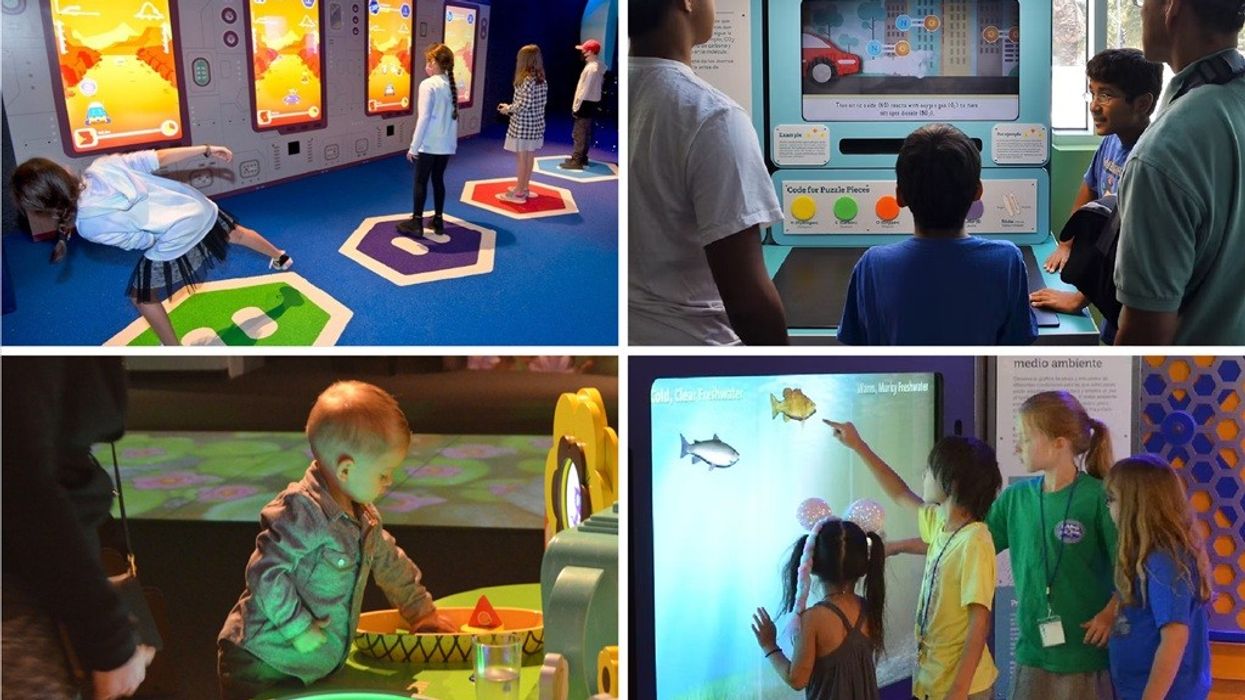

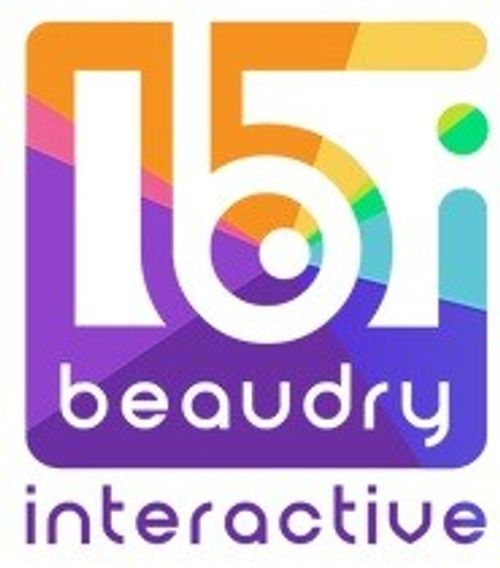
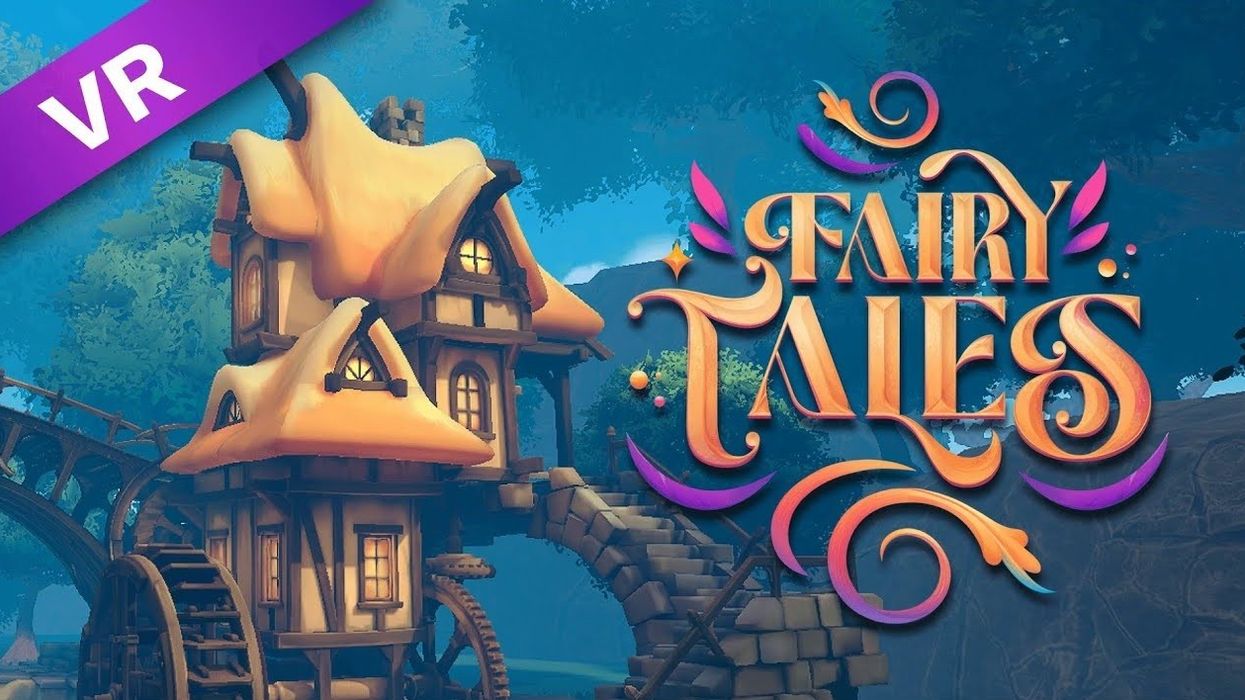
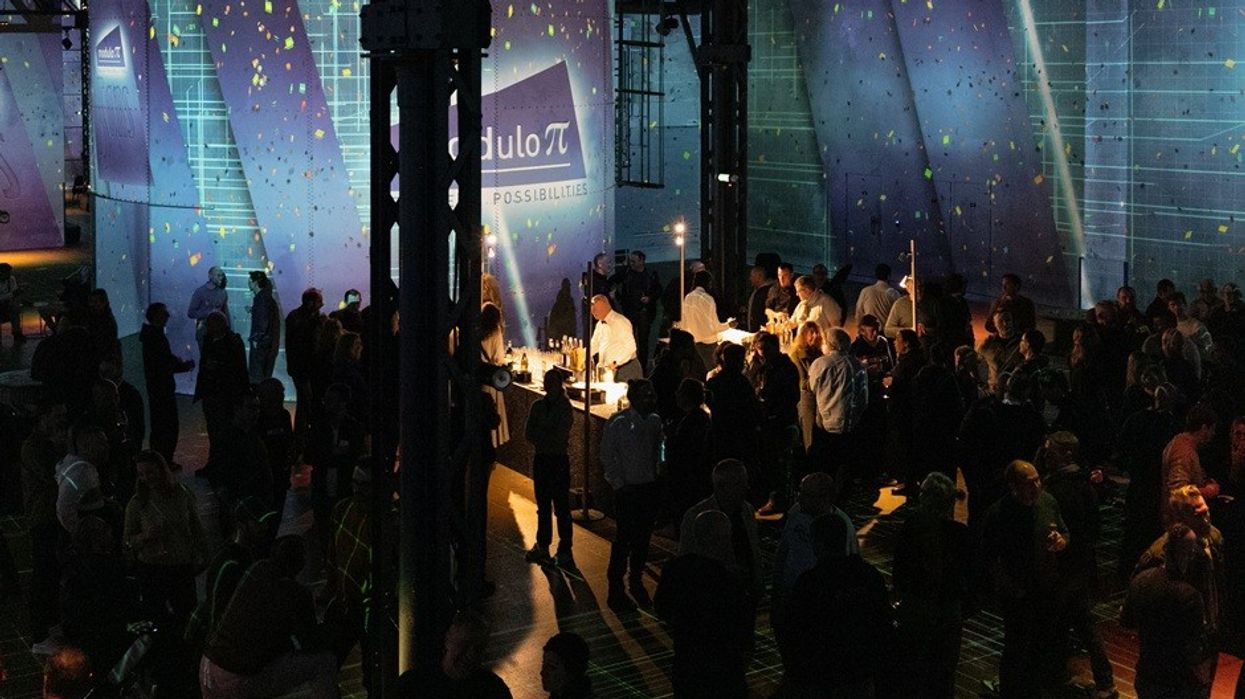
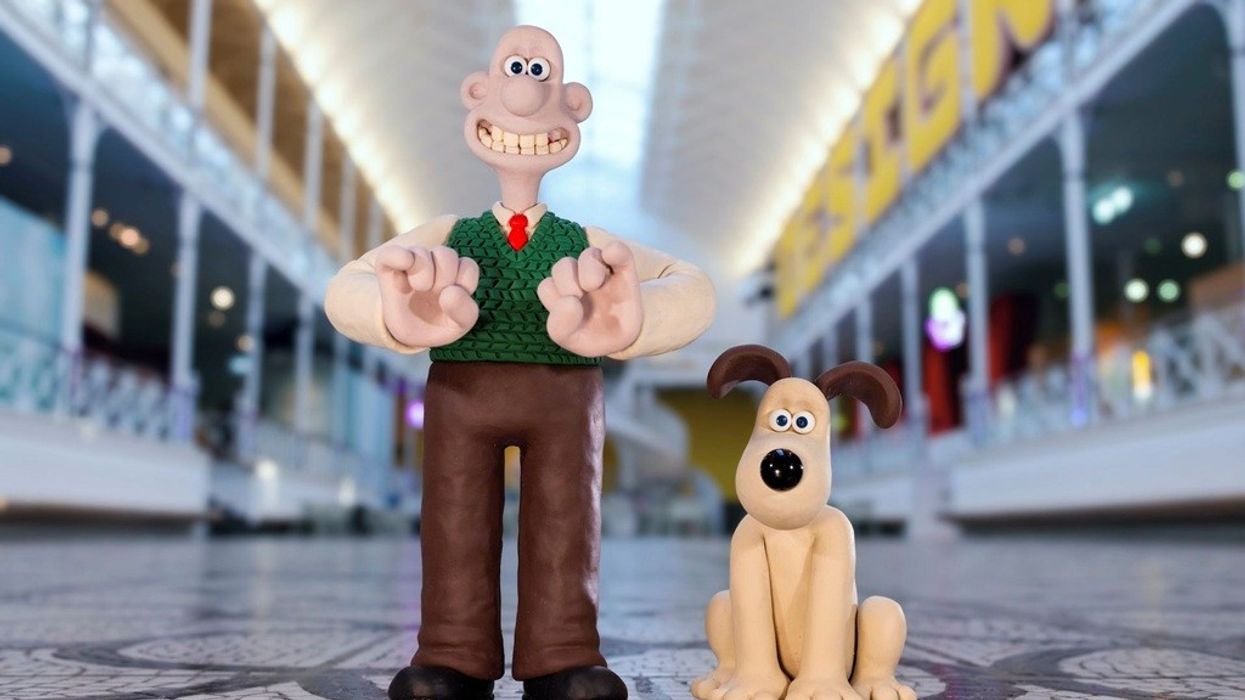
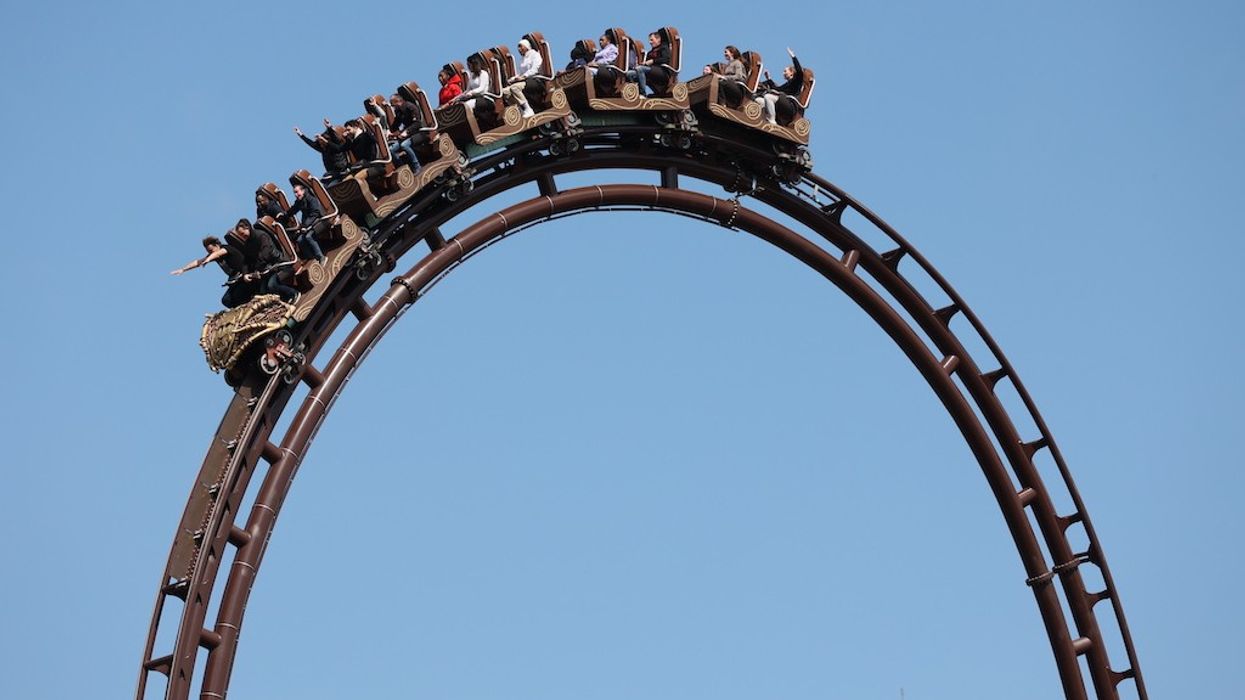
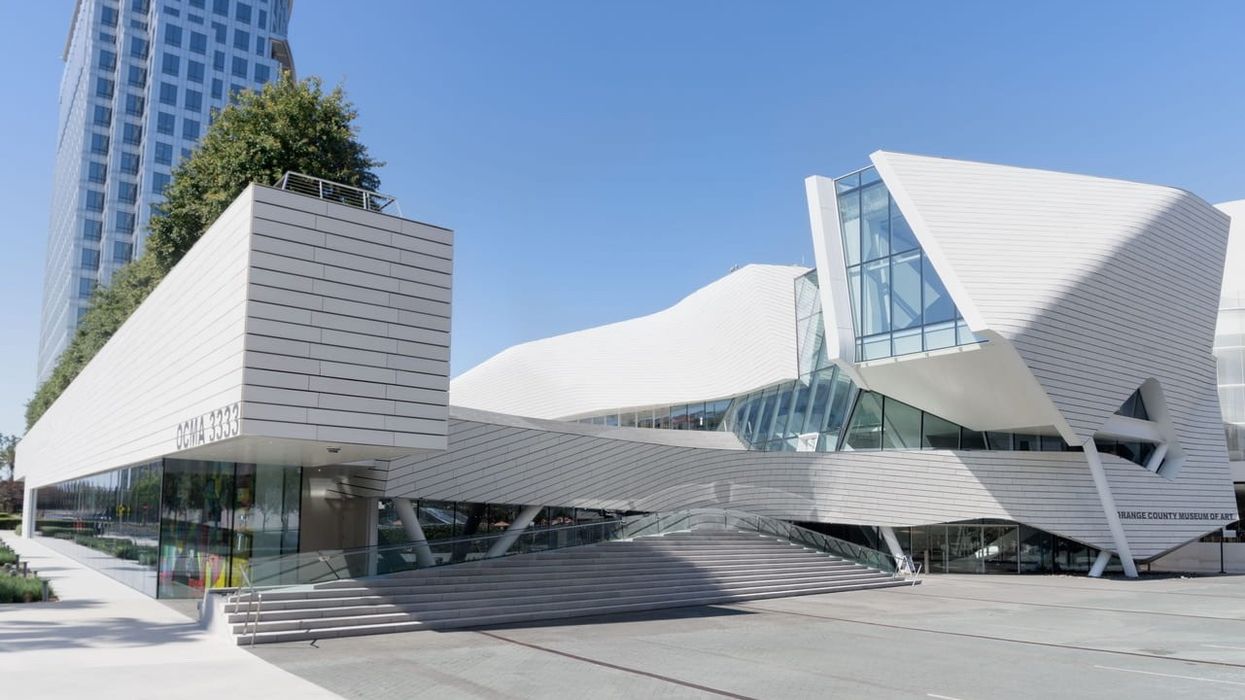
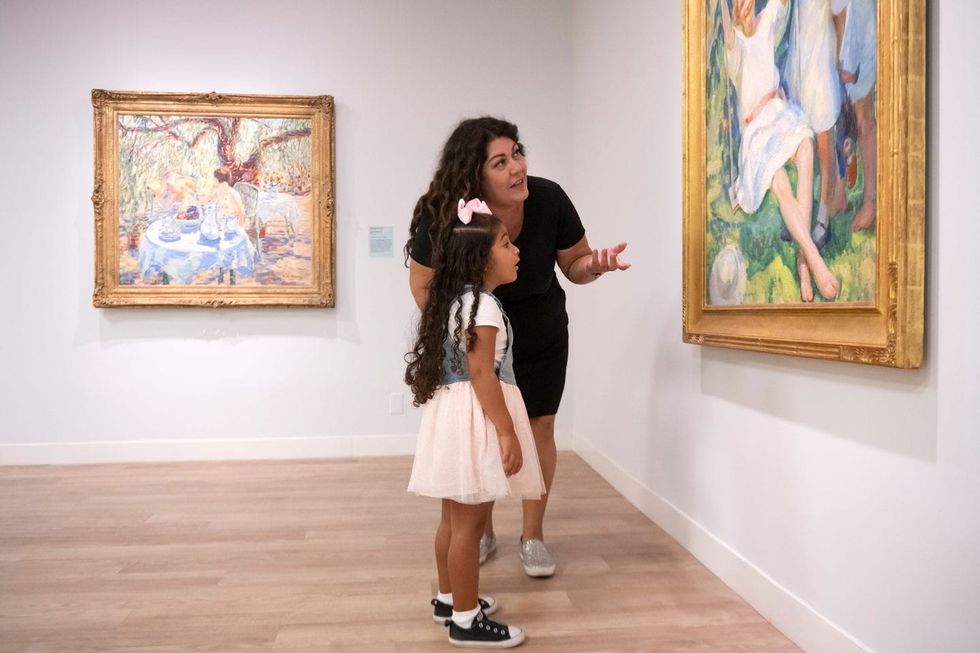
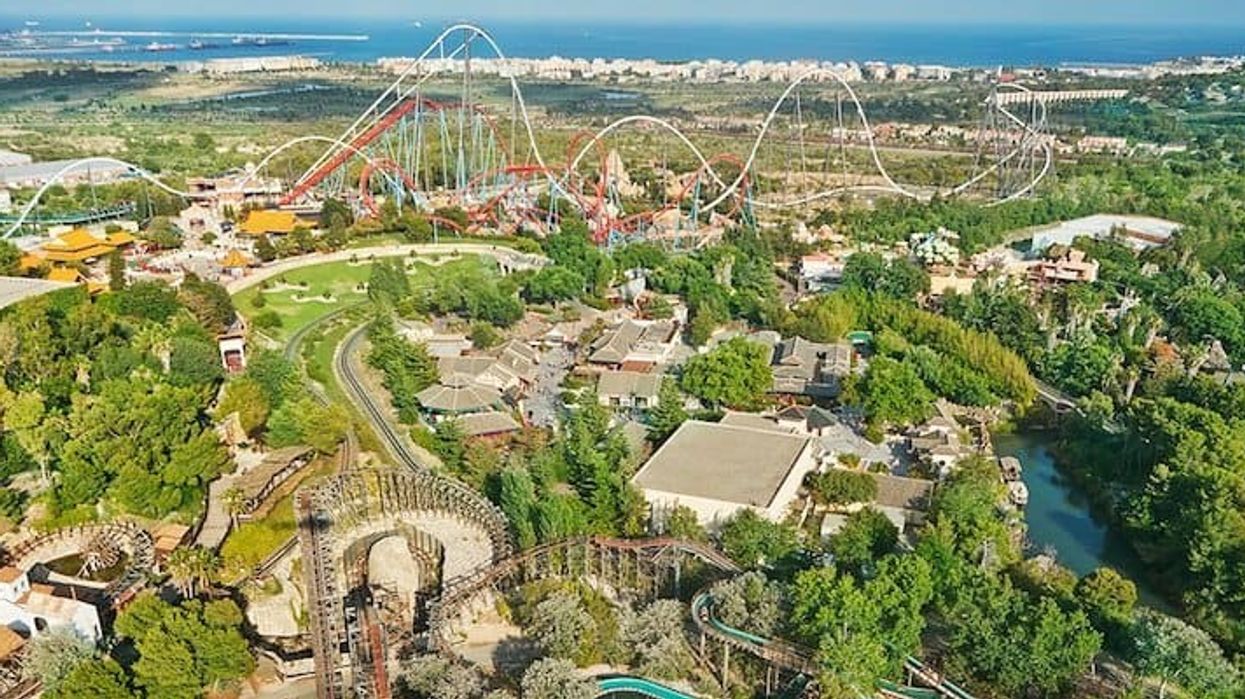




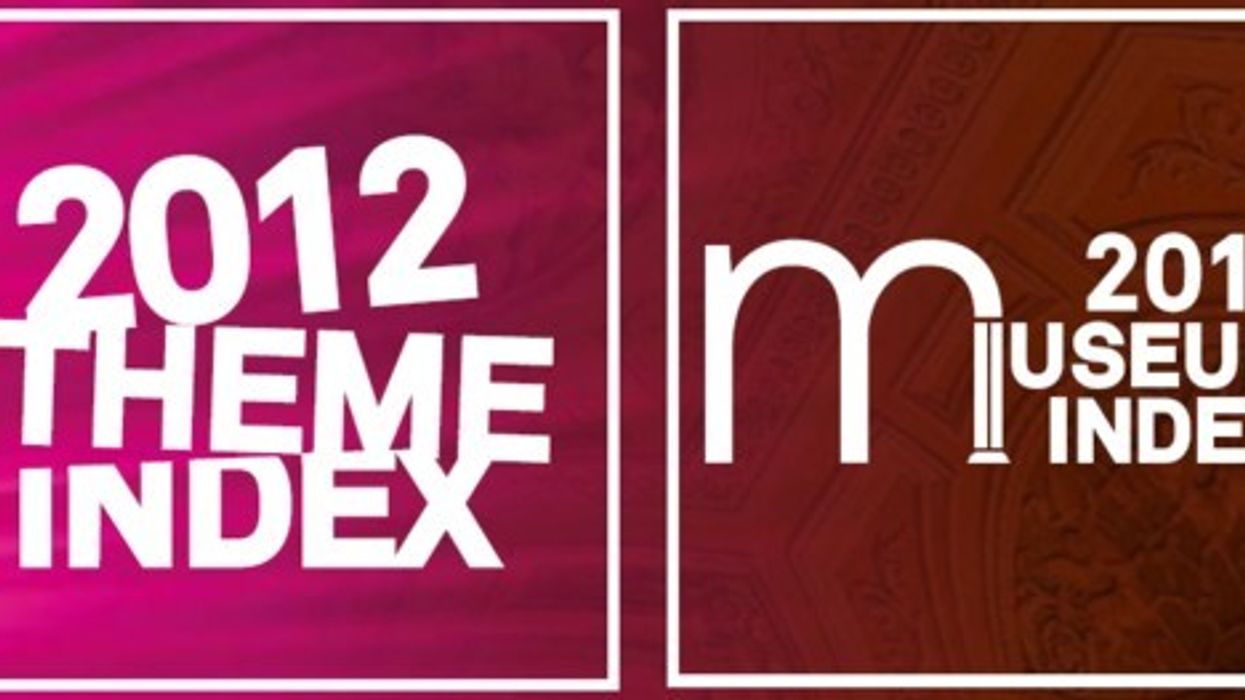
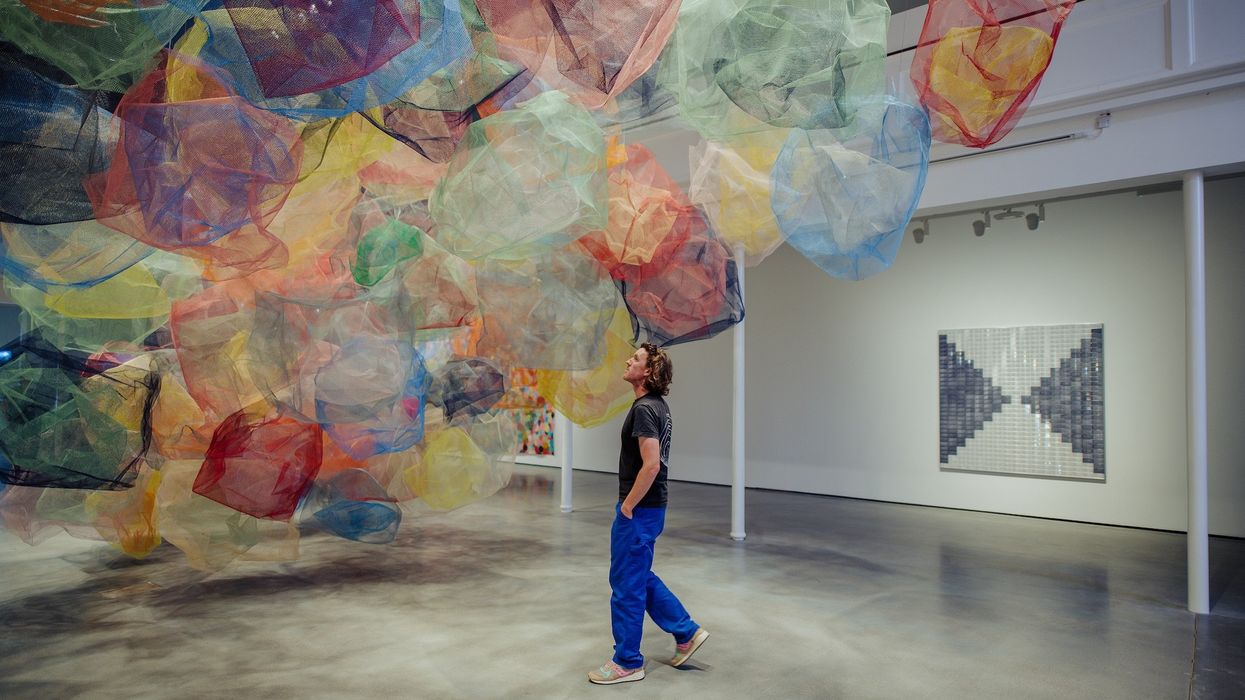
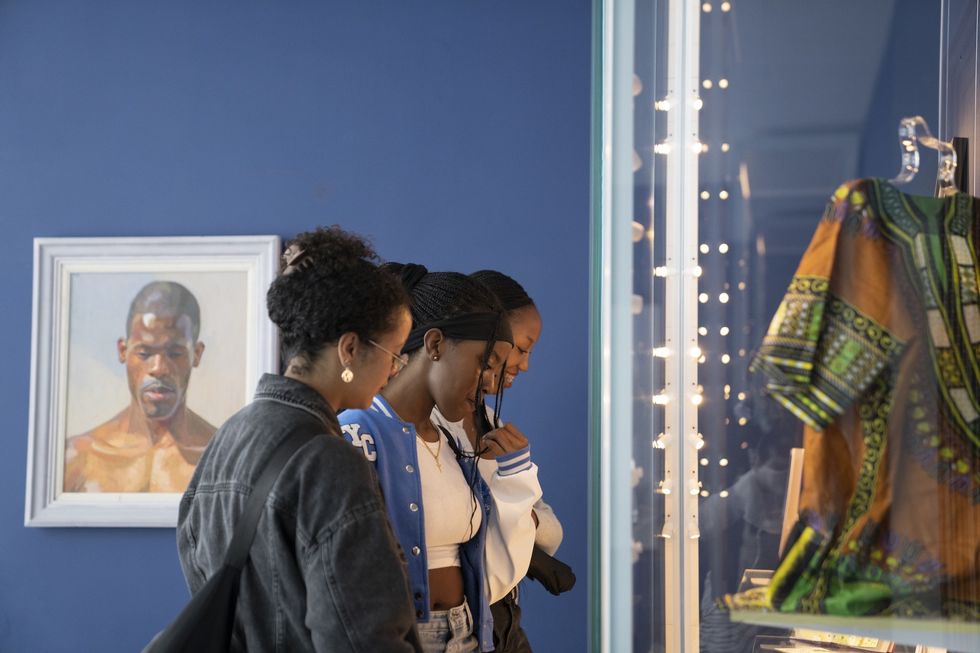
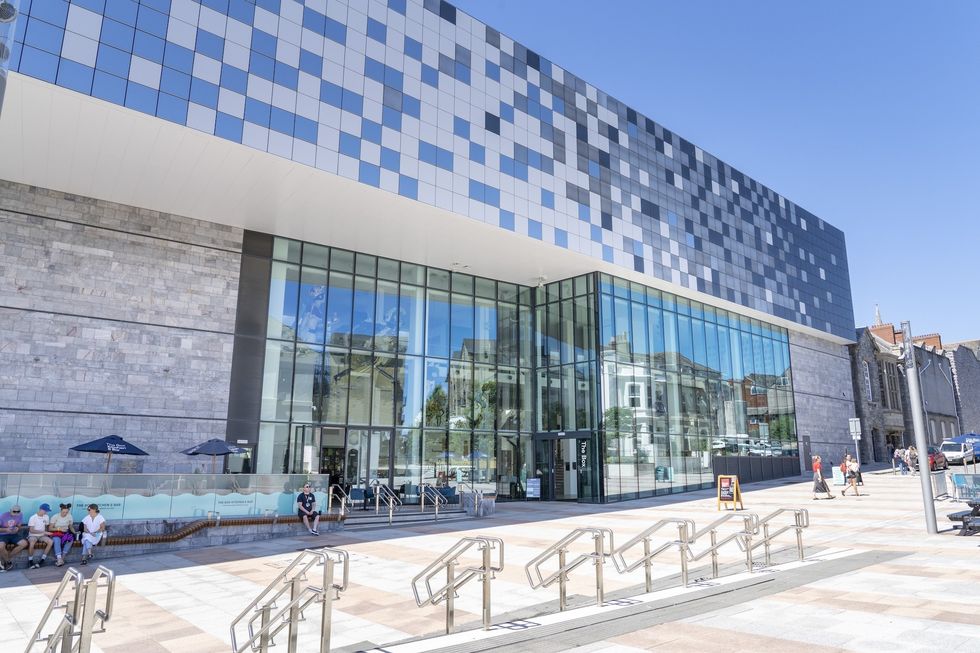
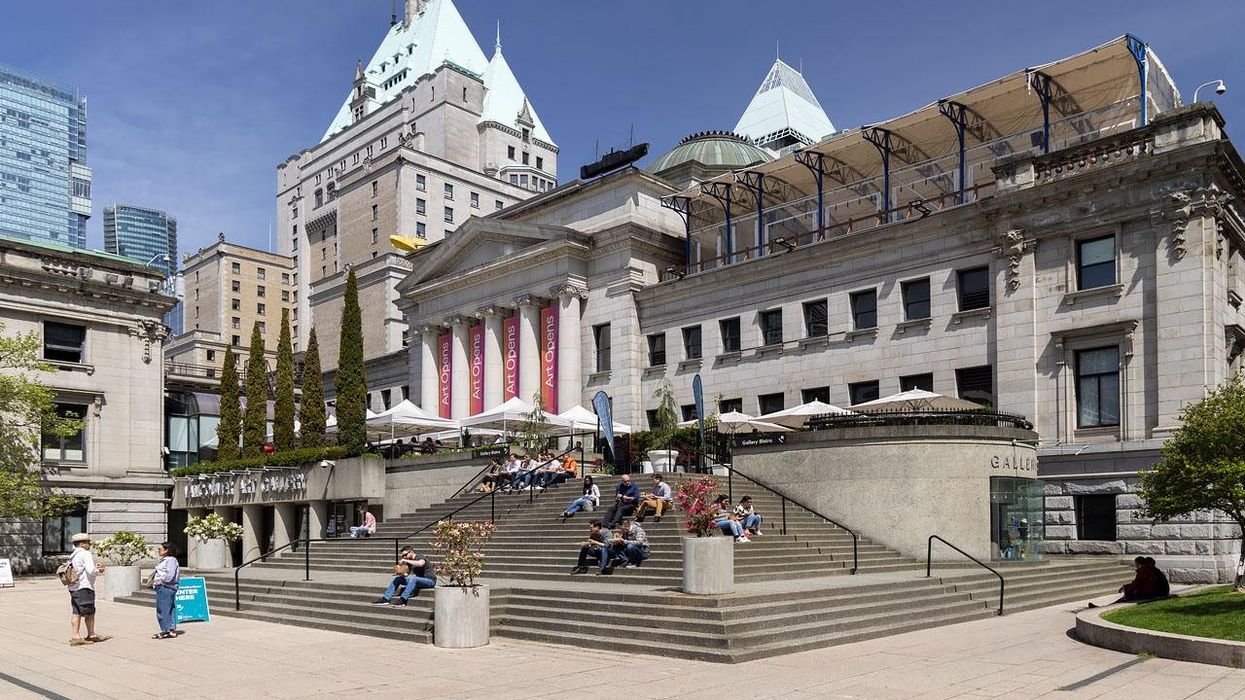
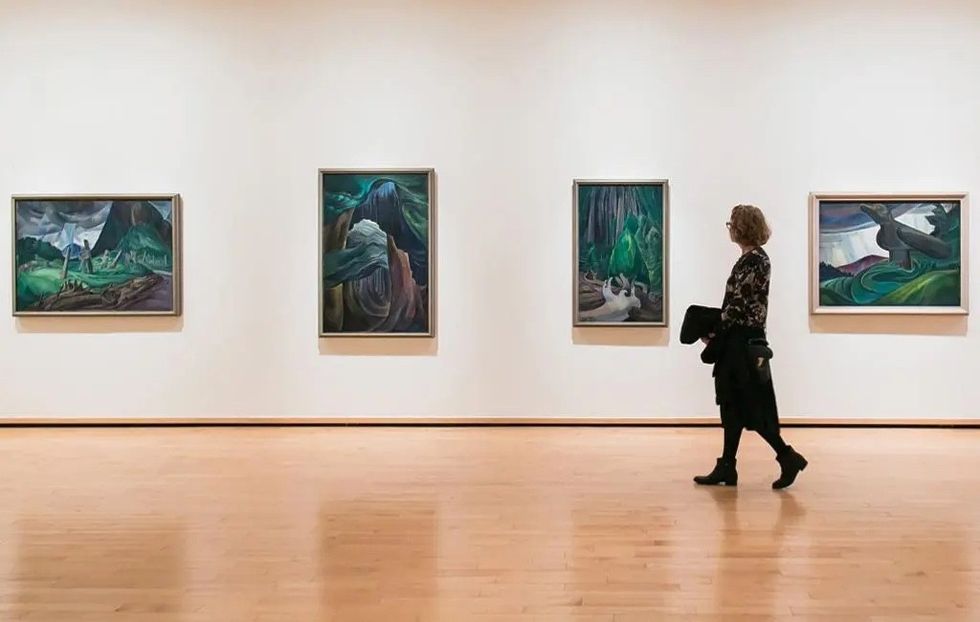
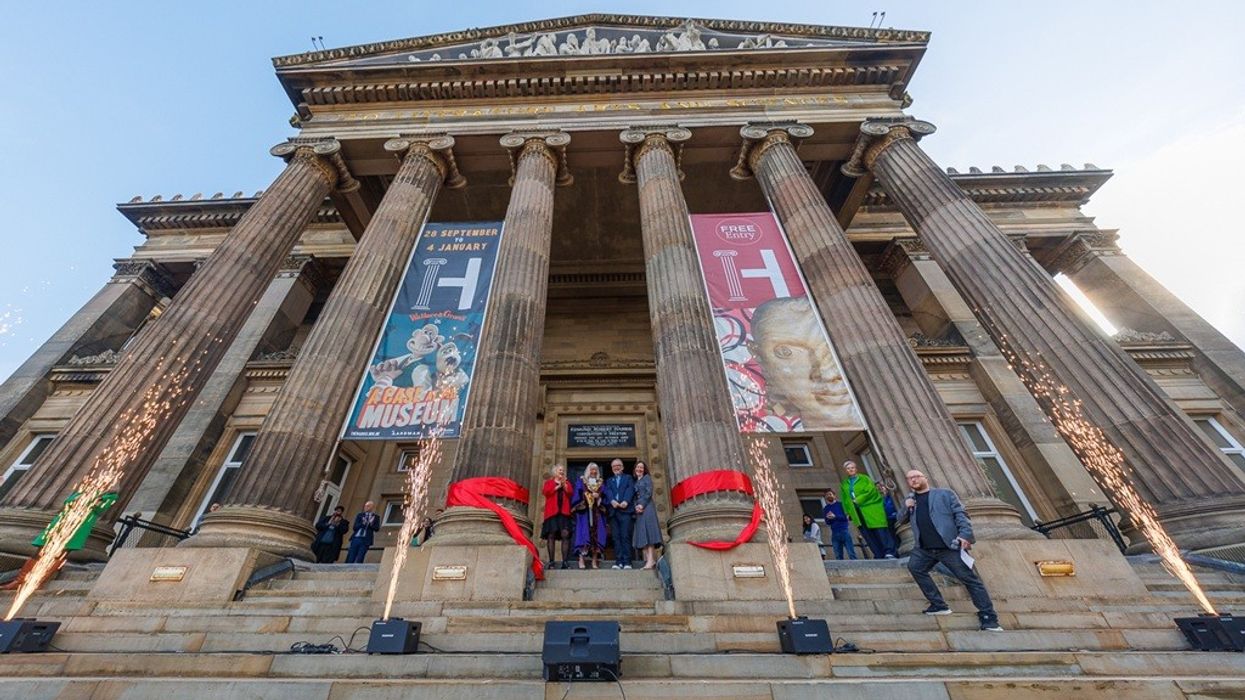
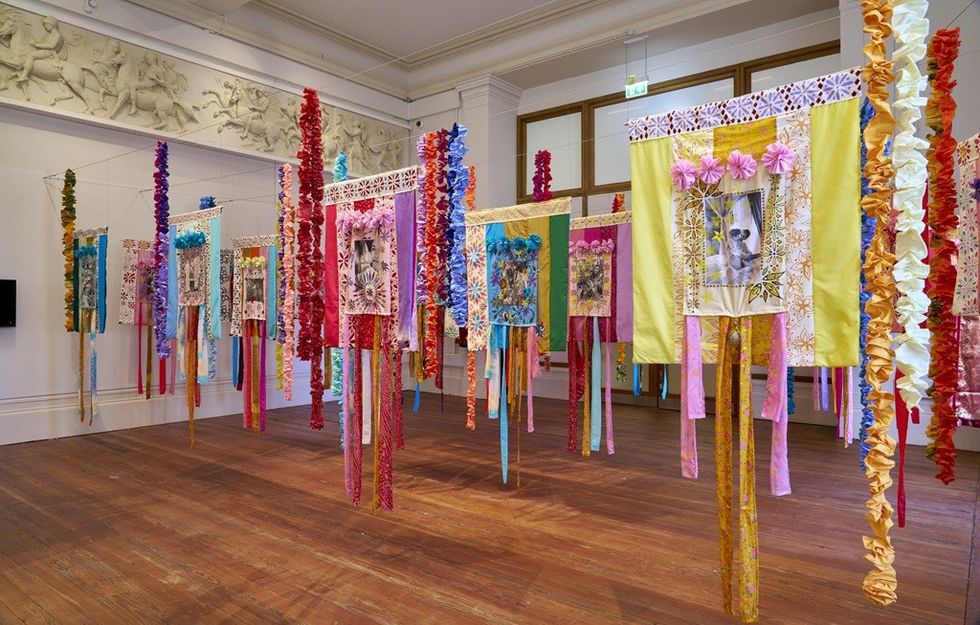 Courtesy Simon Critchley Photography
Courtesy Simon Critchley Photography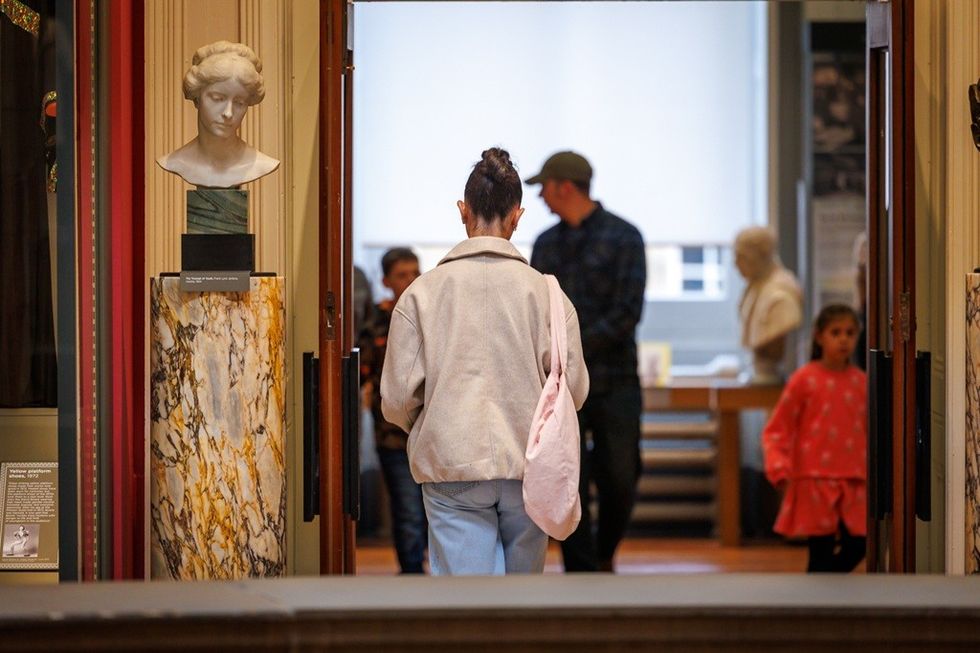 Courtesy Michael Porter Photography
Courtesy Michael Porter Photography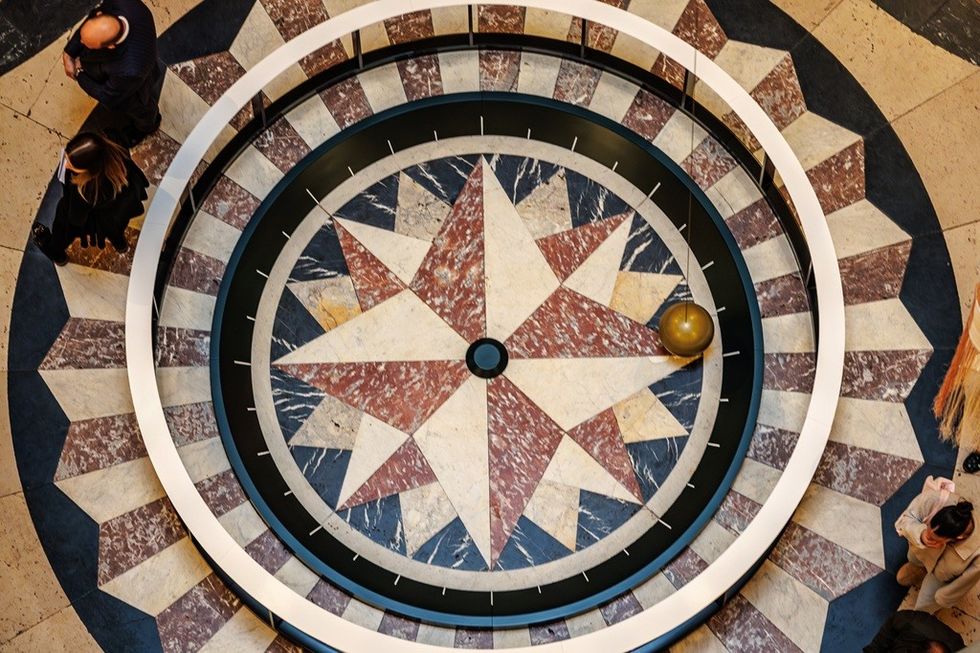 Courtesy Michael Porter Photography
Courtesy Michael Porter Photography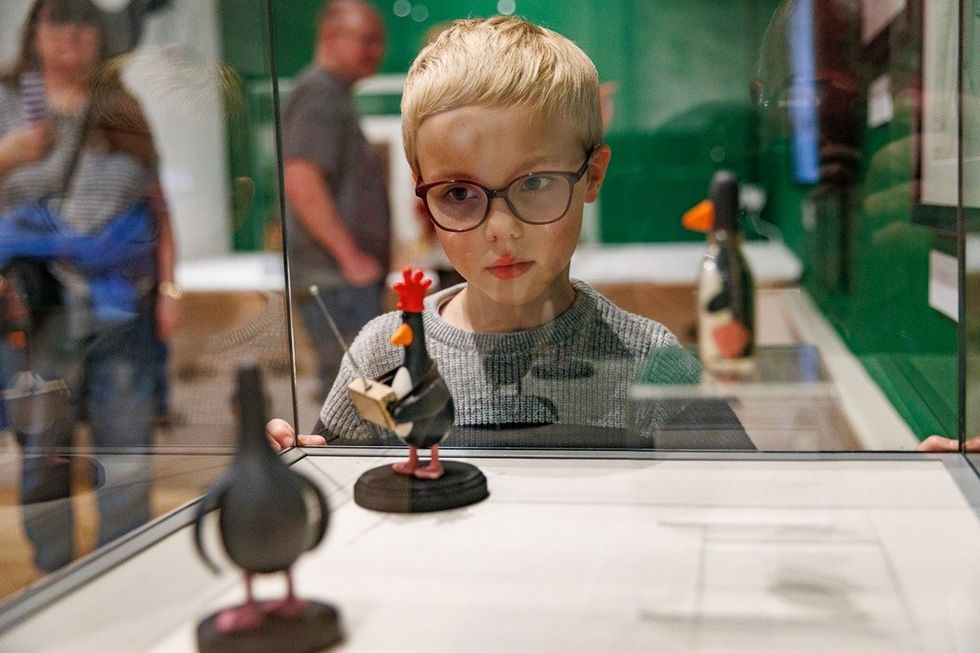 Courtesy Michael Porter Photography
Courtesy Michael Porter Photography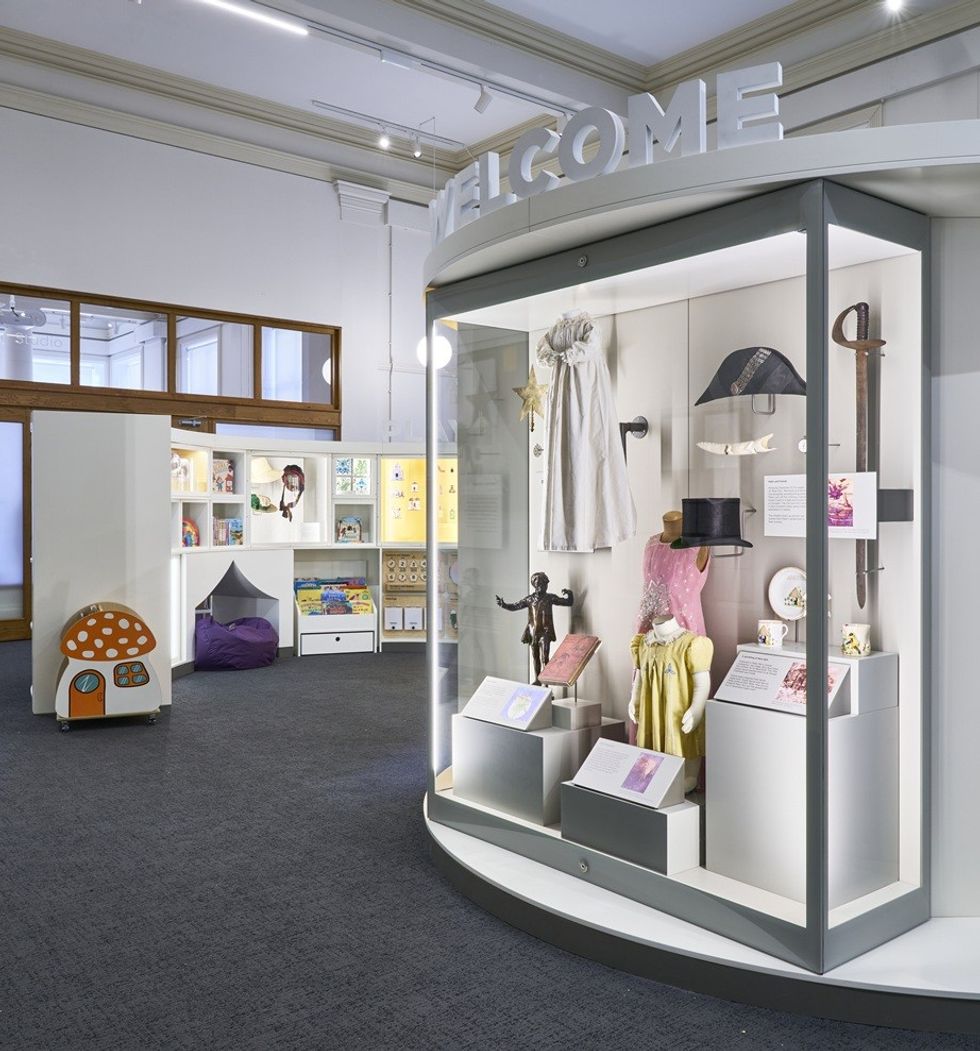 Courtesy Simon Critchley Photography
Courtesy Simon Critchley Photography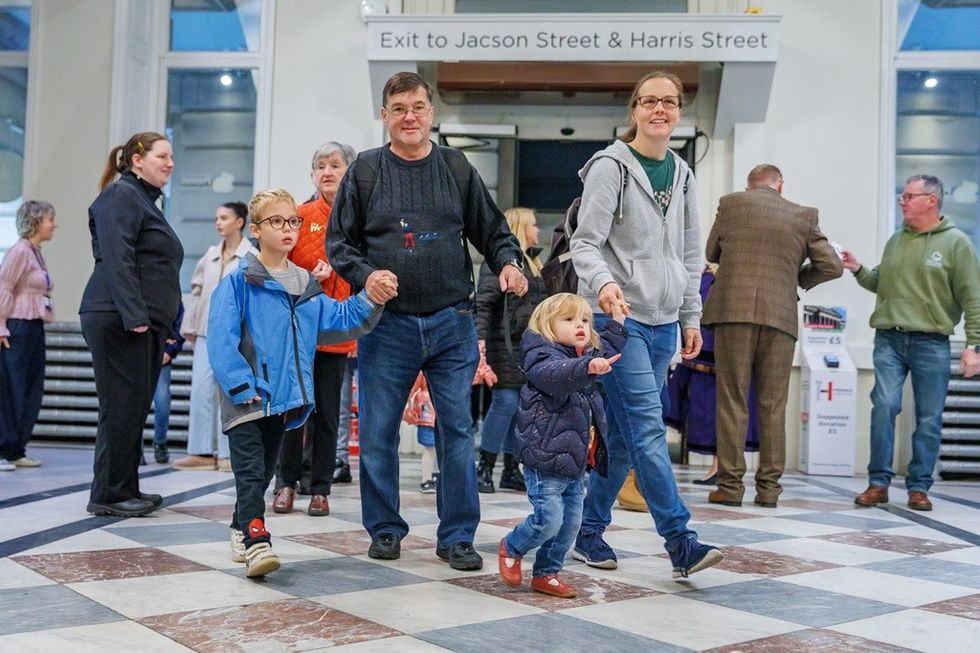 Courtesy Michael Porter Photography
Courtesy Michael Porter Photography